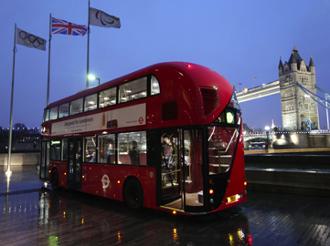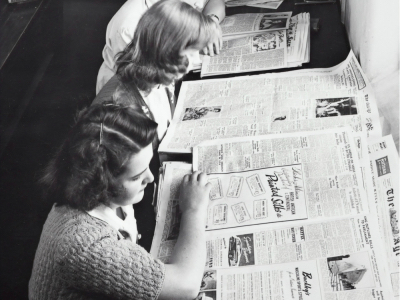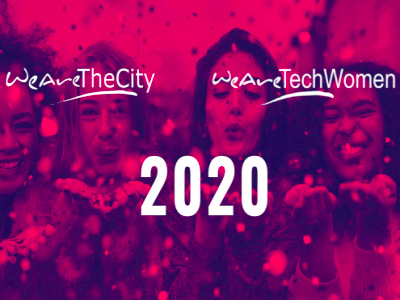 London’s new hybrid bus, which will replace the capital’s present generation of famous red double-deckers, is to take over full control of its first route in the city later this year.
London’s new hybrid bus, which will replace the capital’s present generation of famous red double-deckers, is to take over full control of its first route in the city later this year.
London Mayor Boris Johnson has revealed that the number 24 route running 24 hours a day through the “throbbing heart of the capital” will be the first to be served entirely by the newcomer.
This means the super-buses will become an exclusively familiar sight in places such as Trafalgar Square, Parliament Square and Victoria.
He said: “I am thrilled to confirm that route 24 will be the first in London to be converted to run an entire fleet of these world-leading new buses which will be the cleanest and greenest of their kind. During peak hours, 27 of the new buses will be in operation for the 28,000 passengers who use the route each day. Plans are in place for the route to have been fully converted by the summer.”
The managing director of Transport for London’s surface transport operations, Leon Daniels, said: “These new buses, which carry the latest green technology, have proved immensely popular with passengers. We are now introducing more and more of them as we build and expand the biggest hybrid bus fleet in Europe. But it’s not just about the technology – I’m sure passengers on route 24 will also be delighted with the ease of access and the iconic and spacious design which echoes the best elements of London’s bus heritage.”
produce less than half the harmful emissions of conventional diesel buses
Delivery of 600 of the vehicles over the next four years has been approved and represents the largest order for hybrid buses ever placed in Europe.
The super-bus, whose design is said to echo London’s historic and incredibly popular Routemaster predecessor is the first passenger carrier designed specifically for the capital’s streets for more than 50 years.
It retains the striking traditional red paintwork of all London buses, but has softer lines with more curves, especially at the rear of the upper deck. The vehicle is also said to use the “most innovative and cutting-edge hybrid technology and is the most environmentally friendly bus of its kind, benefiting air quality and reducing carbon emissions”.
As such, it promises to cut carbon dioxide (CO2) emissions in the city by about 20,600 tonnes a year because it emits less than half the CO2 and nitrogen oxides (NOx) of a current diesel bus.
One of the major features of the newcomer is its distinctive “hop-on, hop-off” open rear platform facility that has proved so popular with city dwellers and tourists in previous generations of London bus.
The hybrid, which makes extensive use of lightweight materials with glass highlighting key features and producing a light and airy feel inside the bus, has been developed by the Wrightbus company in Northern Ireland that built eight prototypes and has an option to produce the first 1,000 vehicles.
Wrightbus is part of the Wright Group that was founded in 1946 and as a family-owned and managed firm has pioneered low-floor buses for easy access and use by wheelchair and other disabled passengers.
Major components of the bus – such as the engines, chassis, superstructure and seats – are manufactured in the United Kingdom and it was designed by Transport for London’s partner organisation, Heatherwick Studio.
The eight prototypes have been confirming the pedigree of the new breed with sustained test running alongside its predecessors on London’s busy route 38 between Victoria and Hackney since the first half of 2012, where they quickly made many friends, having three sets of doors, each with Oyster bus-pass reader machines, and two staircases serving the upper deck.
The bus has a step-free gangway on the lower deck from the front to the back, allowing ease of access for people with mobility impairments and passengers with baby buggies.
A large wheelchair bay is located directly opposite the ramped centre door, and passengers are alerted to the next stop by audio and visual announcements. There is also a T-Loop system that transmits announcements for passengers with hearing aids.
The vehicles use an advanced hybrid diesel-electric drive system in which a battery pack powers an electric motor that drives the wheels. The batteries are charged by a generator and through regenerative braking.
Stop-start engine management technology means the engine only runs when it needs to charge the batteries. Transport for London says that tests showed the vehicle’s fuel consumption is twice as good as a diesel bus and a third better than the existing hybrid buses.
But it literally cleans up through an ability to produce less than half the harmful emissions of conventional diesel buses.”








